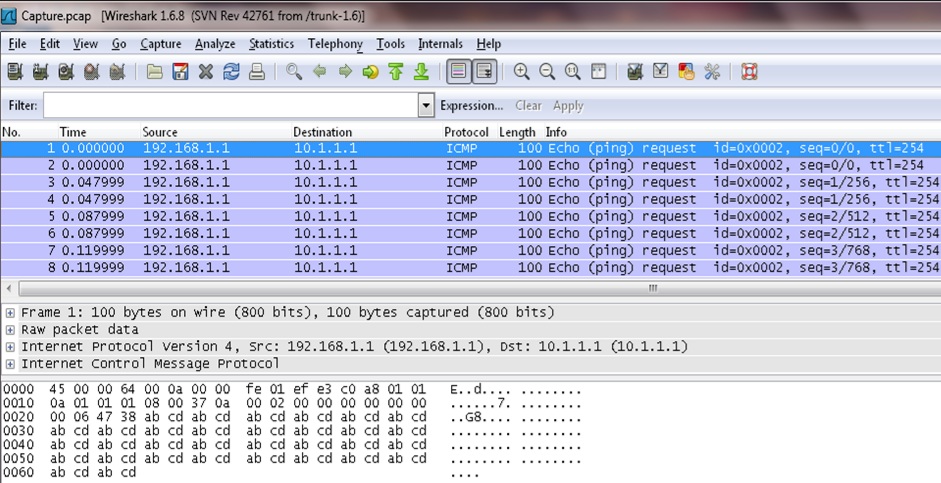

–tls-auth used?: If the parameter –tls-auth is used, the following preferences must also be defined. Override tls-auth detection: If tls-auth detection fails, you can choose to override detection and set the tls-auth options manually. OpenVPN UDP Port: The dissector automatically tries to dissect UDP datagrams as OpenVPN traffic on this port. OpenVPN TCP Port: The dissector automatically tries to dissect TCP packets as OpenVPN traffic on this port. The OpenVPN dissector is fully functional and included with Wireshark as of version 1.10.0. The well known TCP port for OpenVPN traffic is 1194. TCP: Additionally, OpenVPN can be configured to use TCP as its transport protocol. The well known UDP port for OpenVPN traffic is 1194. UDP: Typically, OpenVPN uses UDP as its transport protocol. I couldn't find any historical information about this protocol. It's second job is to multiplex the SSL/TLS session used for authentication and key exchange with the actual encrypted tunnel data stream. This protocol provides the SSL/TLS connection with a reliable transport layer (as it is designed to operate over).

TLS - Use SSL/TLS + certificates for authentication and key exchangeįor TLS authentication OpenVPN uses a custom security protocol which is described here on this WIKI page.Static Key - Use a pre-shared static key.It uses all of the encryption, authentication, and certification features of the OpenSSL library to protect your private network traffic as it transits the internet. With OpenVPN, you can tunnel any IP subnetwork or virtual ethernet adapter over a single UDP or TCP port.


 0 kommentar(er)
0 kommentar(er)
